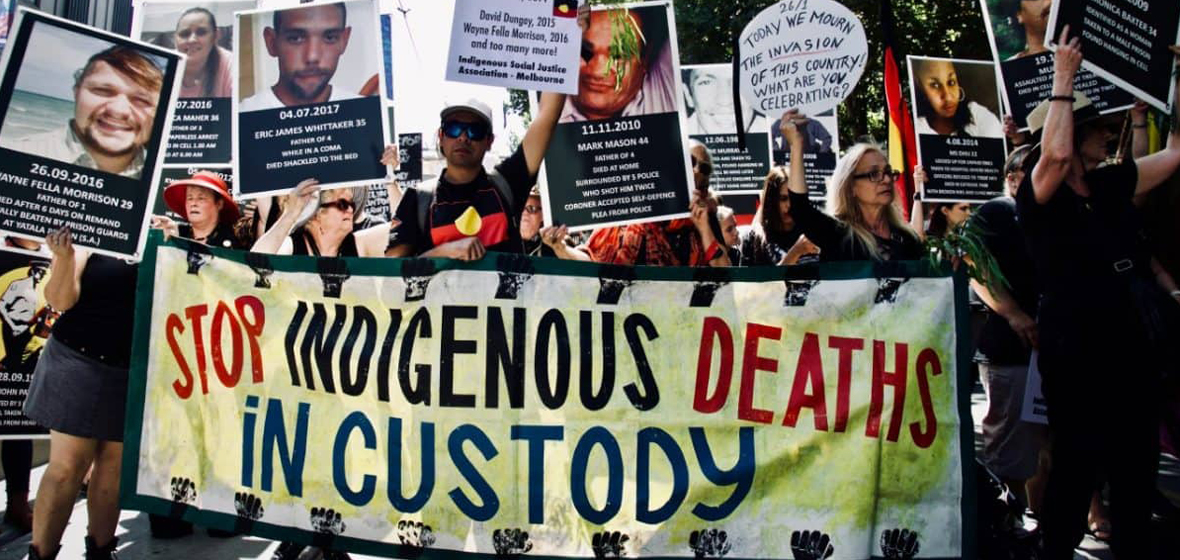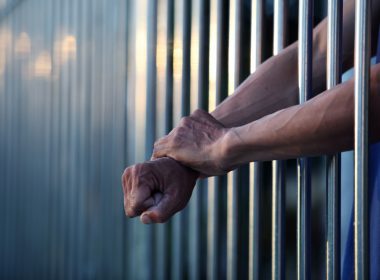Snapshot
- The recent Black Lives Matter protests have demonstrated a public concern with First Nation deaths in custody and the effectiveness of existing legal mechanisms of accountability.
- The Coroner’s office has a statutory function to investigate the manner and cause of deaths, and a statutory obligation to do so for First Nation deaths in custody.
- Two recent decisions in New South Wales and South Australia have examined the legal principles that apply to objections to give evidence by the officers involved.
The recent Black Lives Matter protests saw tens of thousands of Australians marching in support of the families of First Nation people calling for an end to First Nation deaths in custody and to the perceived lack of accountability of involved officers.
More than 400 Aboriginal and Torres Strait Islander people have died in police custody since the end of the Royal Commission into Aboriginal Deaths in Custody in 1991. During that time, only a handful of cases have resulted in prosecution, the most high-profile of which was the prosecution of Chris Hurley for the death of Mulrunji Doomadgee on Palm Island in 2004 (more recently charges have been laid in relation to the shooting death of 19-year-old Kumanjayi Walker in Yeundemu in November 2019 and the shooting death of 29-year-old Joyce Clarke in September 2019).
One obstacle to prosecution in such deaths is a reticence on the part of those involved (including police or prison witnesses) to give full and frank accounts of what happened.
To understand how that occurs, it is necessary to understand the steps that are mandated in law where a death in custody occurs, for which we will take New South Wales as a fair example. All deaths in police or corrective services custody must be reported to the Coroner (Coroners Act 2009 (NSW), s 35(1)(a) and Crimes (Administration of Sentences) Act 1999 (NSW), s 74). New South Wales Police then conduct an investigation on behalf of the State Coroner in accordance with the obligations set out in the NSW Police Force Critical Incident Guiding Principles (The author has written elsewhere about the problems inherent in such arrangements, see: https://theconversation.com/police-investigators-too-in-house-to-probe-deaths-in-custody-838). As part of that investigation, inter alia, police attempt to interview the individuals involved in the death. Having collated the evidence, police present it to the Coroner and when the Coroner is satisfied the brief is sufficient, an inquest is conducted. Two recent decisions: the Inquest into the death of Rebecca Maher (4 March 2019) Bell v Deputy Coroner of South Australia [2020] SASC 59 (‘Bell’), demonstrate the tensions that can arise between the State’s entitlement (on behalf of the public) to examine contentious deaths via the Coronial process and the attempts by witnesses to refuse to answer questions that could lead to negative consequences.



